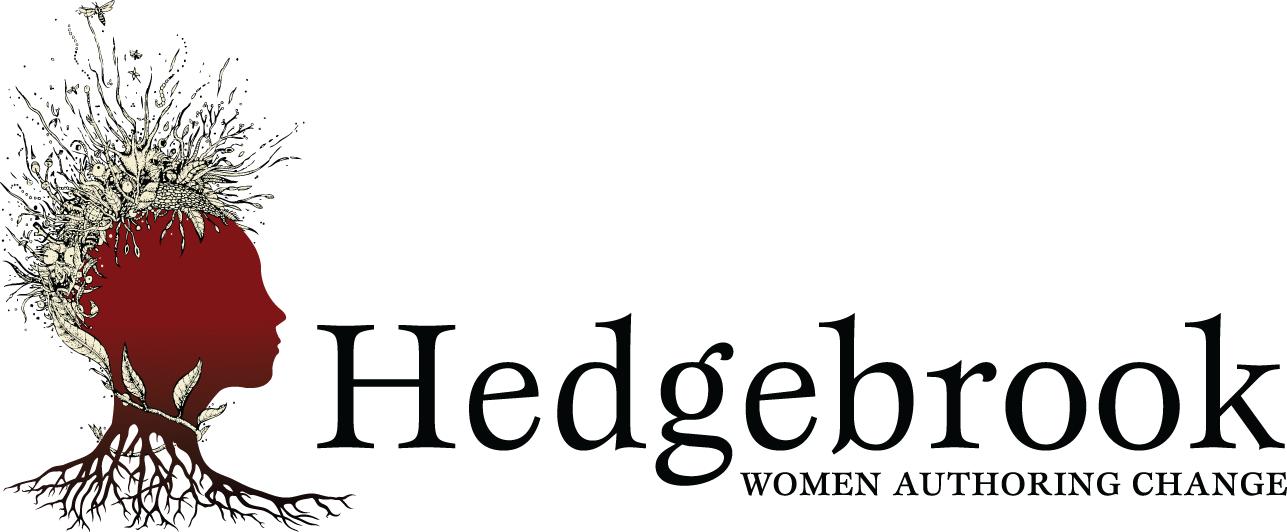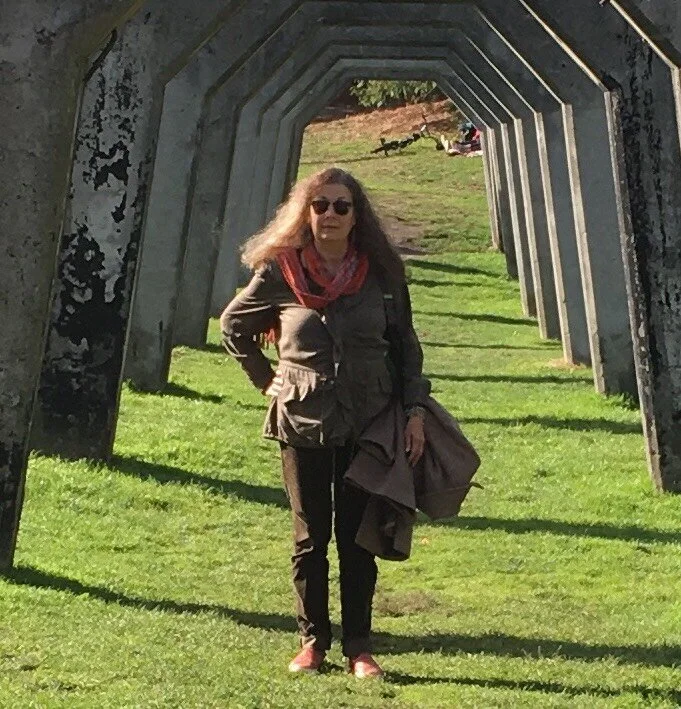Kathleen Alcalá
In 1989, I was asked to interview Nancy Skinner Nordhoff about her new endeavor, a writing retreat for women. We spent part of a day talking. I think we drove from Seattle to Whidbey together, so she could show me what form her ideas were beginning to take, how her dreams were turning into something real. I had a lot of dreams too, so I was anxious to see what this looked like, given the resources.Nancy described how her marriage had fallen apart, leaving her to reinvent herself from the good wife and good mother, roles she had filled to the best of her ability to – whatever she wanted or needed to be. She took a good hard look at what she saw for the future, and how to turn her considerable skills and assets into something practical and useful to those without such resources.Nancy described a cross-country car trip and how she was drawn to rural spaces, found herself wanting to press her nose to the windows of farmhouses, yearning to join the circle of family she imagined inside. Her friend, a midwife, helped Nancy focus her yearning into a specific goal, a creative space where women could feel safe, didn’t need to do domestic work, and could support and encourage each other. It was a space in which their creative work could take precedence, and be their major focus, if only for a few short weeks. I could not help but wonder what was in this for Nancy. I have worked for non-profits most of my life, but understanding the motivations of people who, to me, seem to have so much more agency than the rest of us remains mysterious.I remember feeling intense waves coming off Nancy. How I suddenly became a sounding board, and felt the need to be very careful not to say anything that would limit her exploration. I am generally tone deaf when it comes to other’s emotions. In addition, I was a bit overwhelmed with my own emotions that day. I admitted my recent failure at retaining a leadership position at a difficult organization. It had happened so recently, that I was still in shock at how badly things had gone.Nancy suggested that I spend some time myself at the residency, a chance at some stolen time in paradise.So I had to share another secret with Nancy. There was a limited amount of time I could spend, even at a dream residency. What had started out as a general interview for publication was turning into a series of big reveals. Nancy offered me a residency at Hedgebrook for two weeks in the fall, when the first four cottages would be ready, and I agreed. This was probably late spring or early summer at the time.In late September, my belly swelled out to there, I moved into one of the cottages. I know other Hedgebrook residents form deep attachments to their particular cottage. I have since stayed for short visits in two or three of them, and always loved all of them the way one loves her aunties. They have collectively nurtured me with their benign, nonjudgmental spaces. The murmuring trees, the talkative owls, the path through the cedar deep, all have combined to supply that “Yes, and…” that allows a writer to fill that blank space with her own words.What I do remember are the other three women who stayed at the same time. Dana Stabenow, upon meeting me, promptly offered to deliver my baby if I went into labor early. She had EMT training! I demurred, politely I think, holding out for full term. Amy Pence was a poet, and the fourth, Susan Brown, was working on children’s books. All have produced several or many books since then, raised families of either books or children, and effected positive change in the world not only as writers, but as teachers, parents, philanthropists, and general wise women.I had already written my first collection of stories by the time I got to Hedgebrook, but managed to produce the first forty pages of what would become Spirits of the Ordinary, my first novel, in the two weeks I spent on that magic isle. Oh yes: On October 19 of that year, my son Benjamin was born, the first “Hedgebrook baby,” and certainly the first male to spend the night in a Hedgebrook cottage. I had an easy pregnancy and birth, and I attribute much of it to the affirmation I received at Hedgebrook. Looking back, I see how much more of the world Nancy understood than I did at that time, that giving women time and creative space might be one of the greatest ways to heal the earth, and oneself. I have tried to give back in my own way, mostly through teaching, but also by trying to be present when someone needs an ear, and answer the inevitable questions about the writing and publishing process. I will never forget what Nancy taught me, and what she offered me during my time of greatest joy out of her great need to heal.

